Call Our Sussex Damp Experts team now for quote, consultation and advice:
Call on 01273 257 765.

An examination is the first step toward fixing any damp problems in your home. At Sussex Damp Experts, our damp proofing team will only report on legitimate damp issues and propose valuable and cost-effective solutions. Our moisture proofing experts can assess your home, conduct a damp and timber survey, and recommend the best course of action for repairs.
When we evaluate any building, regardless of its age, rot is frequently the cause of any timber decay within the structure. Wood rot can take two forms: dry rot and wet rot, both of which are caused by the fungal degradation of wooden timbers.
Sussex Damp Experts offers a wide range of damp proofing and treatments and is confident in our ability to provide cost-effective repairs backed by our 30-year guarantee.
You can rely on our damp proofing experts to assess the problems in our detailed surveys and provide you with the most professional services to give you peace of mind for the future, whether it’s rising damp treatment, basement waterproofing, wet rot control, timber treatments, or other damp proofing expertise.
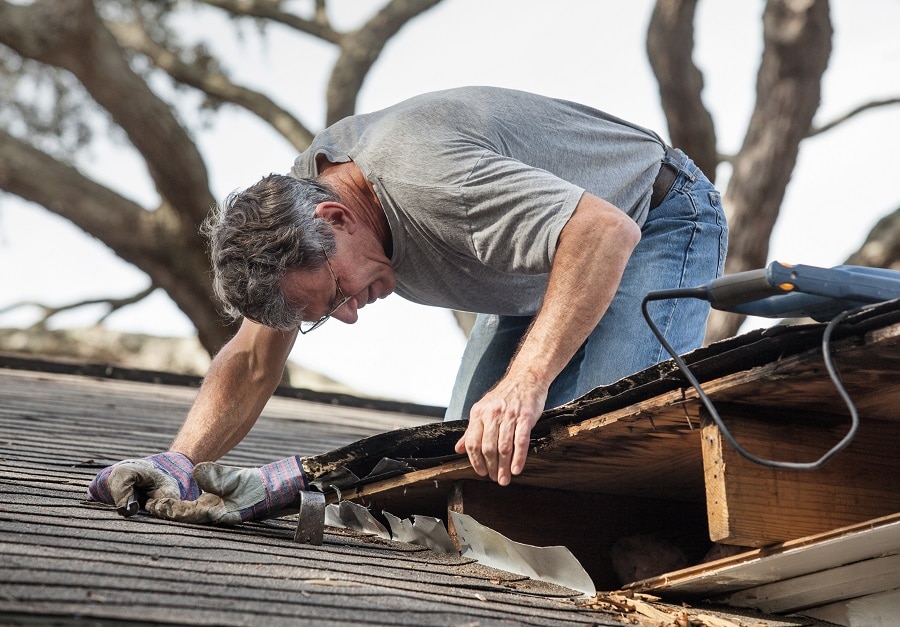
One of the most common types of wood degradation is wet rot. It’s a wood-rotting fungus that thrives on moist wood. Wet rot is a name that covers a wide range of fungal species, including Coniophora puteana and Choanephora cucurbitarum. Some species get their feed by breaking down the cell walls of wood, which causes the wood to lose its strength. This can wreak havoc on a building’s structural integrity.
Although it is not easy to differentiate between dry and wet types of rot, some key features can help determine the differences. Wet rot requires a higher moisture level, in the range of 50%, to thrive, whereas dry rot germinates at a lower moisture content, in the range of 20 to 30%.
Dry rot can do greater damage than wet rot. This can be attributed to two factors. To begin with, dry rot requires a lower level of moisture to thrive. Second, dry rot frequently takes place in regions that aren’t visible.
Wet rot is most usually caused by a suspected structural problem, although it can also be caused by a long-term form of Rising Damp.
Wet rot is the most common cause of damage to wooden structures. Wet rot is a word that refers to a type of naturally decaying wood that is caused by a high degree of moisture. Wet rot can affect almost any type of wood in a home, so unless you’re an expert, you might not be able to spot it. Wet rot should not be confused with dry rot, which is a considerably more serious type of wood decay.
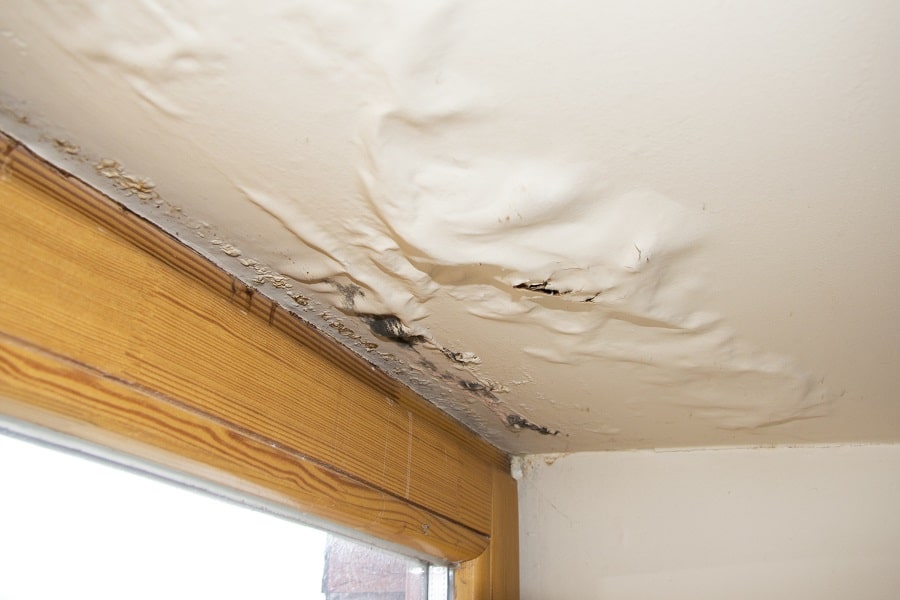
In the absence of visible fungus, we may distinguish Wet Rot from Dry Rot by looking for differences in the colour of the wood, as well as the type and size of cracks that appear as the rotting progress. We associate wet rot with a musty, damp odour, an earthy, rotting-soil-like aroma. Wet rot, in fact, can have a stronger smell than dry rot. If you notice one of the above-mentioned issues in your house, contact a professional immediately to begin treatment.
If you don’t treat wet rot, the wood will become weakened and, in some situations, pose a hazard to the safety of the people living in the house. The least effect that wet rot can have on your property could be in the form of a chipboard floor that gets squishy. Even if it was uncomfortable, it would be bearable.
When crucial structural timbers are exposed to moisture for an extended period of time, such as when the timber is near a damp wall or at ground level, an excessive detrimental effect could indicate that the timber loses its structural integrity. The timber could potentially become damp as a result of water seepage.
When rot sets in, the wood becomes spongy and soft, and when prodded with a sharp edge like a knife or screwdriver, it caves in. The wood that has cracks running the length of its grain is usually wet. If you wish to obtain any more information about treating wet rot, call 01273 257 765, and let Sussex Damp Experts help you.
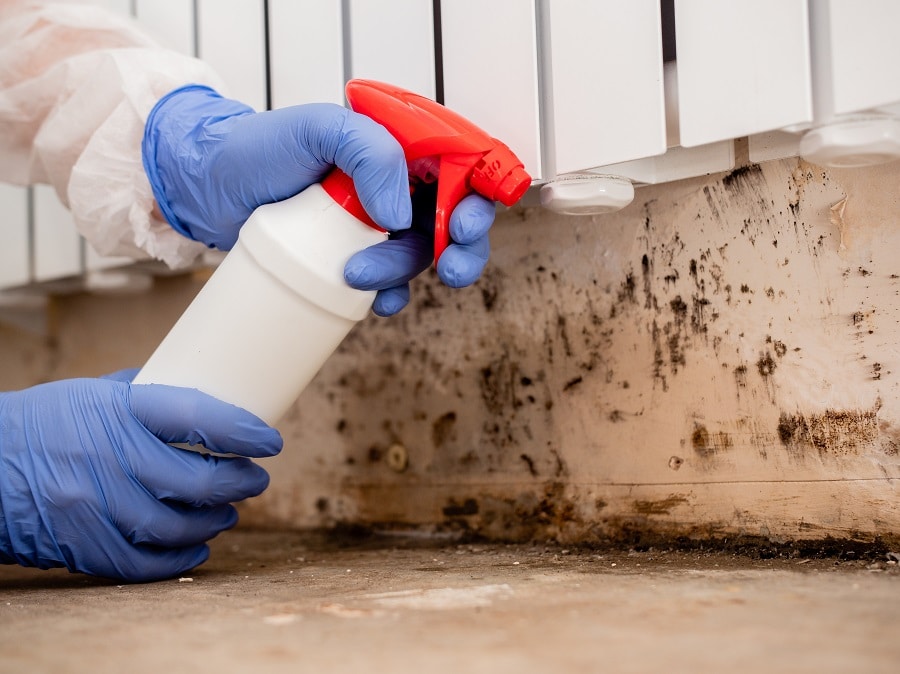
After a wet rot treatment survey has been completed, a solution has been agreed upon, and our surveyor has set up a convenient appointment with you, our professionals will come to your home and fix your wet rot problem. To treat your property for wet rot, our professional technicians will take the following steps:
Our expert professionals will remove any contaminated wood and wall plaster to find and treat the source of moisture. Before wet rot treatment can be done, the source of moisture must be fixed and dried; this will prevent wet rot spores from germinating in the future.
To prevent the spread of your current rot fungus problem; skirtings, panelling, ceilings and plaster that have been damaged or started to decay are removed.
A protective chemical barrier in the form of fungicidal paste is applied if structural timbers and brickwork are affected by the wet rot fungus. Once applied, the fungicidal paste will not only prevent wet rot from re-establishing itself but prevent attacks from woodworm for many years to come.
Once our property technicians is satisfied that the wet rot treatment has entirely eradicated rot from your home, they will begin replacing removed timber with preservative-treated timbers.
Wet rot is most common in areas where wood has been exposed to moisture and is still damp. When we treat damp rot, though, we don’t merely repair the damage it has caused. The issue must be addressed at the source. Determine where the water enters the wood to prevent future dampness and guarantee that the timber rot does not resurface.
You may need to replace the affected timbers in some instances. In most cases, however, damp rot may be prevented by applying a fungicide to the wood. The application of a fungicide during the drying out process is used to treat wet rot.
When you observe the development of fungi growth or hyphae strands, you would need to use a potent fungicide to irrigate the area selectively in order to trace and sterilise such growth. Any contaminated timber or discarded debris found in voids beneath the floor would need to be removed and burned.
You must also remove and dispose of any tainted plaster that was contaminated, for example, by strands. To treat damaged timbers, you’ll need to employ a fungicidal solution.
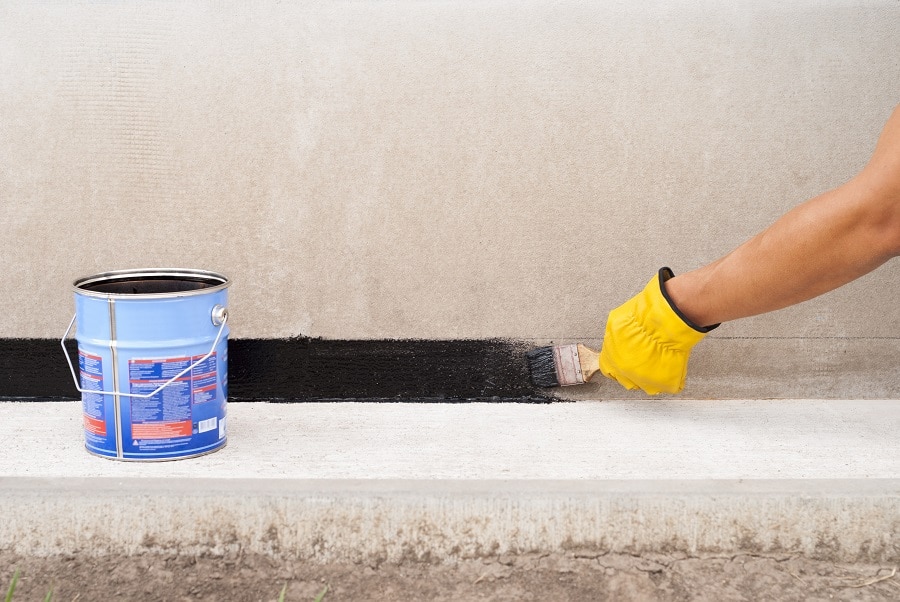
You’ll get the best results if you use a team of professionals, such as ours at Sussex Damp Experts. They are experts in the treatment of wet rot. We will determine the source of the dampness and pinpoint which sections have been damaged. Don’t wait any longer if you’re unsure where to start treating your wet rot issues. Pick up the phone and dial 01273 257 765 to reach us.
Call Our Sussex Damp Experts team now for quote, consultation and advice:
Call on 01273 257 765.
If you use have wood in moist places (like bathrooms or kitchens), you must care to preserve the wood to keep it from deteriorating. Areas most affected by dampness include sills, window boxes, fence posts, timbers that touch brickwork but have not been subjected to damp proofing, timber that touches silage and manure in farms, and any timber used in river or marine piling, or in the construction of bridges.
Wood hardeners are available for use on wet rotted wood. After the hardeners have soaked into the wood, it increases strength. Window frames and doors are ideal items to receive treatment with these products.
Because each property and its wet rot problem are unique, treatment costs can vary. As a result, each case of wet rot may require a distinct approach. Sussex Damp Experts asks property owners to fill out a form online concerning their wet rot or to give us a call on 01273 257 765, and we will send one of our qualified professionals to evaluate your home. We can provide you with an exact treatment cost estimate based on the findings.
Repairing leaking roofs and rainwater goods, rectifying all building defects to prevent rainwater damage and timber decay, rising damp, penetrating damp, converting damp unused basements and cellars into wonderful new rooms, full timber treatment to protect against woodworm, dry rot and wet rot, condensation and mould control, water damage restoration are all examples of repairs that we can provide.
We have a full team of damp proofing experts with extensive knowledge dealing with damp issues such as dry rot and woodworm, wet rot, wood rot, basement waterproofing, interior damp, rain penetration, and condensation control in both commercial and residential premises.


We follow excellent standards in damp proofing treatments, professional re-plastering, wood preservation and are experts in performing damp surveys.
Basement tanking, dry rot control, moisture ingress prevention, cavity wall treatment, dry rot and woodworm eradication and condensation control, are some of the services we provide on a regular basis.
We provide highly customised, competent, and dependable damp proofing treatment and repair services to homes, local authorities, small companies, and commercial properties. Call us today at 01273 257 765 to speak with a member of our helpful team about your needs.
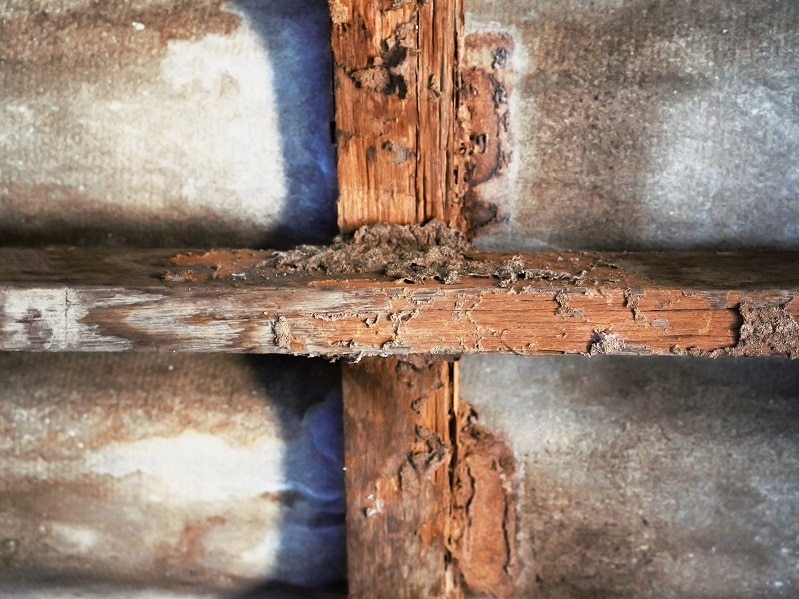
For your safety, all of our work is guaranteed. In addition, we are members of the Guarantee Protection Scheme, an independent insurance policy that covers the duration of your guarantee if you want to take it out.


Max and his team have been at our property all week and I really can’t thank them enough for the fantastic job they’ve done on plastering both our walls and ceilings. They have literally transformed the appearance of our house! Not only has Ma…

From start to finish Max has been incredable. His knowledge lin damp proofing is second to none and his team where very clean and polite. The plastered finish was like glass so happy we choose Max Plastering for job.

Lovely bunch of lads left a very neat and clean job. Problem was solved.

Perfect Finnish and all left clean and tidy and no mess. Used Max previously and would not hesitate to ask him carry out more work.

Max, Harvey and Stuart arrived promptly as arranged. Done a great job on our outside rear wall. Work completed to a high standard, removal of all old material and cleaned up after themselves. I am so pleased with the standard of their work they ar…

They turned up on time and carried out the works in a very professional manor leaving the front of the house clean and tidy. Very impressed would definitely recommend.

I have to say that on every level Max (with Stuart and Harvey) did an extremely professional job! They explained what they were going to do, they were polite and courteous and respected that they were coming into our home. The plastering is of the…

I called max and he managed to come around the same day to do a survey. The next day I received an extremely detailed survey compared to any other damp proofer which made me feel very at ease that he was going to do the right job. Max and team tur…

Contact Sussex Damp Experts Now to Speak With an Expert.